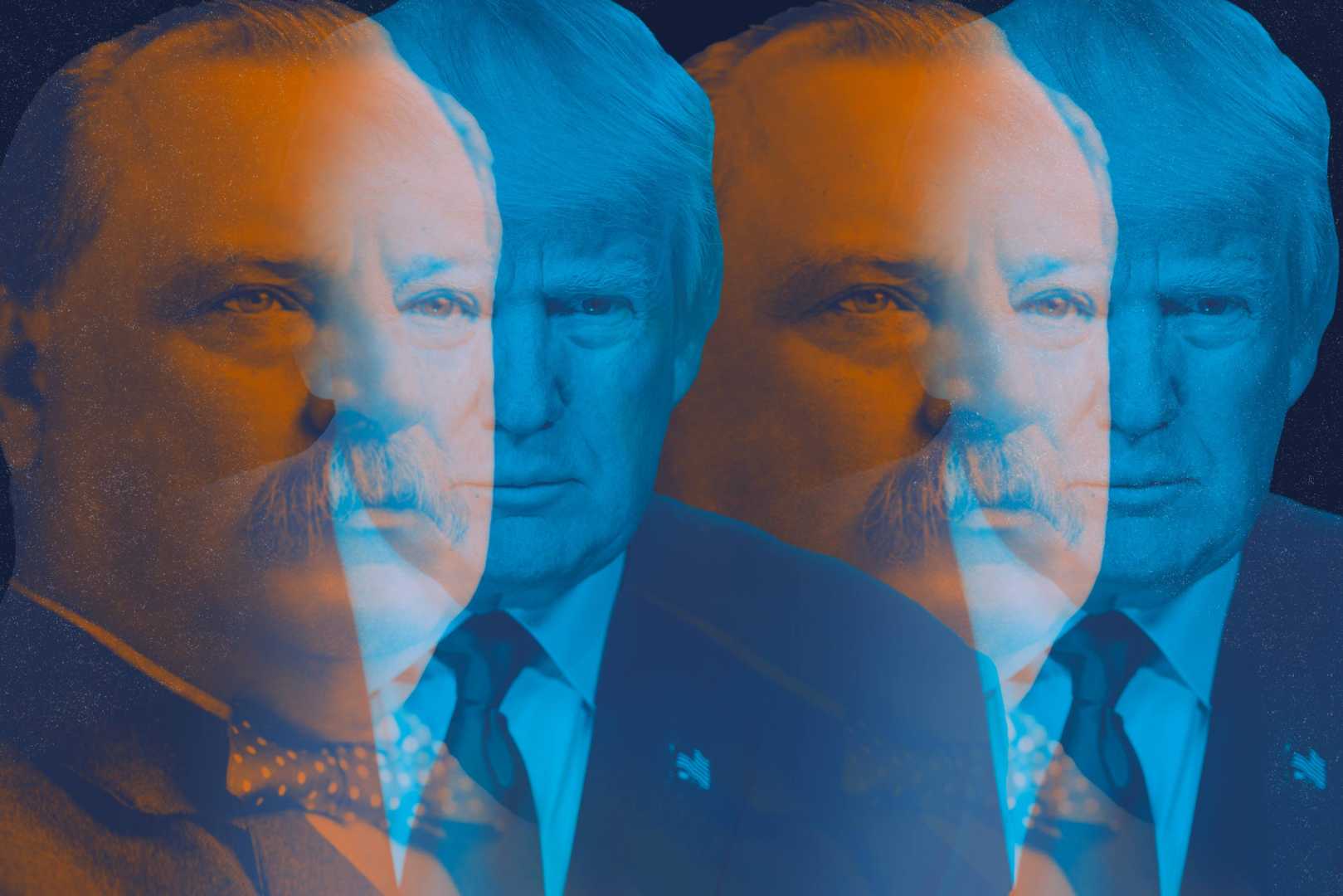Politics
Trump Joins Grover Cleveland as Only U.S. Presidents to Serve Non-Consecutive Terms

WASHINGTON – Donald Trump is set to make history on Monday as he becomes the second U.S. president to serve non-consecutive terms, joining Grover Cleveland, who held the distinction alone for 132 years. Trump, who lost the 2020 election to Joe Biden, will return to the White House after winning the 2024 presidential race, marking a rare political comeback.
Grover Cleveland, the 22nd and 24th president, served his first term from 1885 to 1889, lost re-election in 1888, and then won again in 1892. His second term, however, was marred by economic turmoil and political infighting. Historians and political analysts are now drawing parallels between Cleveland’s tumultuous second term and the challenges Trump may face as he re-enters office.
“It’s kind of weird, and it’s kind of fun, and it does give you an interesting perspective on history,” said George Cleveland, 72, the grandson of Grover Cleveland. “It’s like any other record. Eventually somebody is going to break it.” George Cleveland, who lives in rural Tamworth, New Hampshire, has spent years studying his grandfather’s legacy and performing historical interpretations of the former president.
Grover Cleveland’s second term was defined by the Panic of 1893, a severe economic depression that led to widespread unemployment, bank failures, and agricultural collapse. His rigid adherence to the gold standard and fiscal conservatism alienated many within his own party, leading to a populist takeover by William Jennings Bryan in 1896. Similarly, Trump’s second term could be shaped by his handling of domestic and global crises, including economic instability and international relations.
Trump, at 78, would be the oldest president ever inaugurated, raising questions about his ability to manage the demands of the office. His first term was marked by controversy, including his response to the COVID-19 pandemic, which critics argue was hampered by erratic policy shifts and a reliance on pseudoscience. “Trump’s glory days are likely behind him; Republicans need to chart a course for the future,” said Alexis Coe, a presidential historian and author.
George Cleveland sees stark differences between his grandfather and Trump. “Grover was hyper-focused and a workaholic,” he said. “He didn’t shirk responsibility.” Unlike Trump, who often delegates authority and rarely admits mistakes, Grover Cleveland was known for his hands-on approach and willingness to take accountability. As sheriff of Erie County, New York, he personally carried out executions, believing that a leader should not delegate unpleasant tasks.
Despite their differences, both presidents faced significant challenges during their second terms. Grover Cleveland’s inflexibility during the Panic of 1893 fractured the Democratic Party, while Trump’s volatile leadership style could deepen divisions within the Republican Party. “If Trump’s second term is a disaster right out of the gate, his party may take a beating in the 2026 midterms,” Coe noted.
As Trump prepares to take the oath of office, George Cleveland plans to watch from his home in New Hampshire. “They’re important events to watch,” he said. “It is a celebratory manifestation of democracy. At least that’s what it has been.” While Trump’s return will rewrite the history books, Grover Cleveland’s legacy remains intact. “Grover is still the first,” his grandson said. “And he’s still on the $1,000 bill.”












